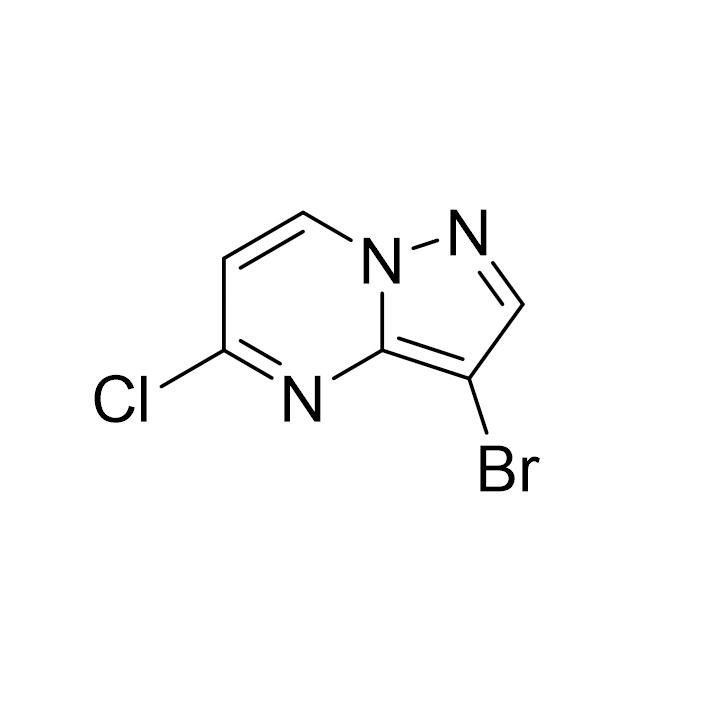- Abemaciclib Intermediates
- Larotrectinib Intermediate
- Ivacaftor Intermediates
- AZD-9574 Intermediate
- AZD-5305 Intermediate
- Delafloxacin Intermediates
- Ponatinib Intermediates
- Baloxavir Intermediates
- Lisapram Intermediates
- Suzetrigine(VX548) Intermediate
- Resmetirol GL3196 Intermediate
- Dotinod Intermediates
- Other Intermediates
3-BROMO-5-CHLOROPYRAZOLO[1,5-A]PYRIMIDINE CAS:960613-96-1
ZhonghanProduct Overview
3-Bromo-5-chloropyrazolo[1,5-a]pyrimidine is a fine organic compound that has important application value in organic synthesis, pharmaceutical research and development, and materials science. Its unique chemical structure and active reaction characteristics provide key support for technological innovation in many fields.
ZhonghanStructural formula
Molecular formula |
C6H3BrClN3 |
Molecular weight |
232.47 |
Density |
2.03±0.1 g/cm3 (Predicted) |
Storage conditions |
under inert gas (nitrogen or Argon) at 2-8°C |
Acidity coefficient (pKa) |
-2.51±0.40 (Predicted) |
ZhonghanPhysical properties
1. Appearance: It appears as white to light yellow crystalline powder under normal conditions. This stable appearance feature helps to initially identify the product and control its quality during production, storage and use.
2. Melting point: [The specific melting point value needs to be accurately determined through experiments, which is one of the important indicators for product purity identification]. The accurate determination of melting point is of great significance for product quality control and optimization of synthesis process.
3. Solubility: It has good solubility in common organic solvents such as dichloromethane, N,N-dimethylformamide (DMF), acetonitrile, etc., and is slightly soluble in water. This solubility feature enables it to play a key role in a variety of organic synthesis reaction systems. According to the specific reaction requirements, the appropriate solvent can be flexibly selected to promote the smooth progress of the reaction.
4. Stability: It has good chemical stability in a room temperature, dry and light-proof environment. However, due to the presence of active halogen atoms such as bromine and chlorine in its molecular structure, chemical reactions may occur under certain conditions such as strong acid and alkali, high temperature or strong oxidants, resulting in structural changes. Therefore, environmental conditions must be strictly controlled during storage and use.
ZhonghanApplication Areas
1. Pharmaceutical field: As an extremely important pharmaceutical intermediate, it plays a core role in the research and development of new drugs. Its unique chemical structure and reactivity enable it to participate in the construction process of a variety of biologically active drug molecules. By reacting with other groups with specific pharmacological activities, a series of drugs with potential therapeutic value can be synthesized, such as anticancer drugs, antiviral drugs, antibacterial drugs, etc. For example, in the research and development of anticancer drugs, it can be used as a key structural unit to bind to specific targets of cancer cells, thereby effectively inhibiting the growth and proliferation of cancer cells.
2. Materials Science: It has great potential in the synthesis of functional materials. Because its molecular structure contains conjugated systems and active halogen atoms, it can be used to prepare organic materials with special optical and electrical properties. For example, in the research and development of organic light-emitting diode (OLED) materials, introducing it into the molecular structure of the light-emitting material can adjust the light-emitting wavelength and efficiency of the material and improve the performance of the OLED device; in the research of organic semiconductor materials, it can also be used as an important structural unit to improve the charge transfer performance of the material and provide support for the development of high-performance organic semiconductor devices.
3. Organic synthesis: It is an important tool in the hands of organic synthetic chemists and can be used to construct various complex organic molecular structures. Through its active halogen atoms, it can carry out a variety of organic chemical reactions such as nucleophilic substitution and coupling, providing rich possibilities for the synthesis of organic compounds with specific structures and functions. It has a wide range of applications in the fields of total synthesis of natural products and synthesis of new organic catalysts.

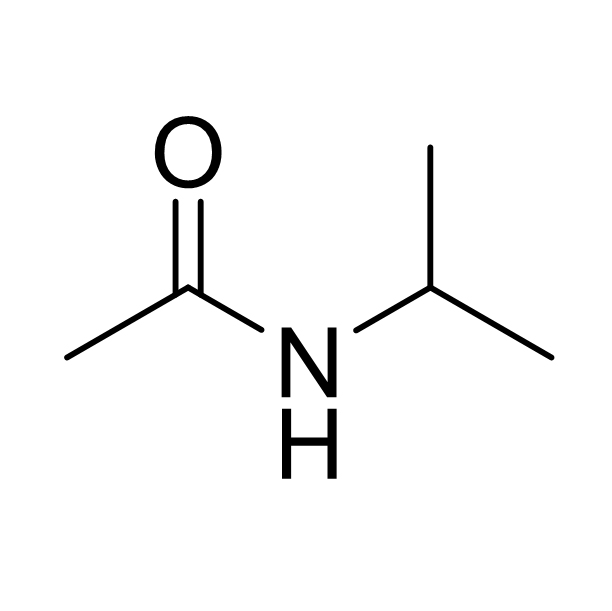
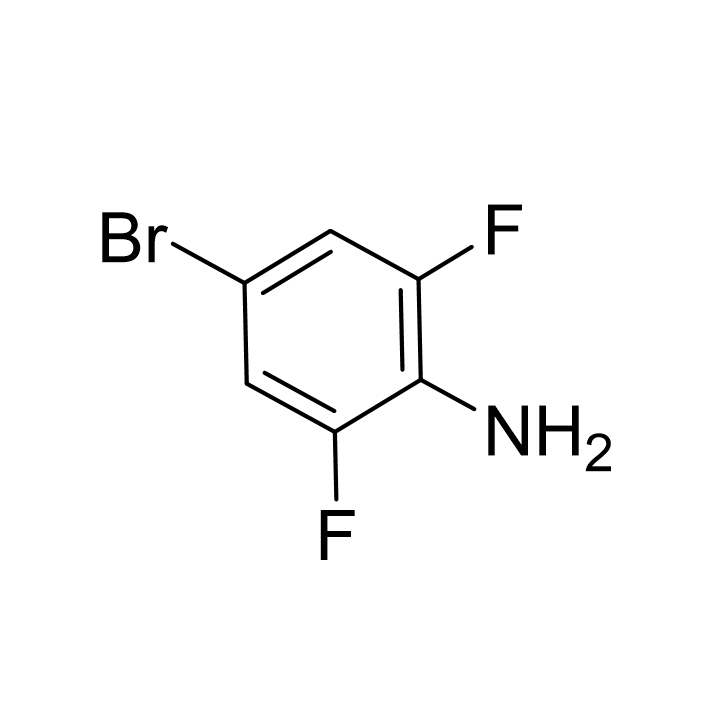
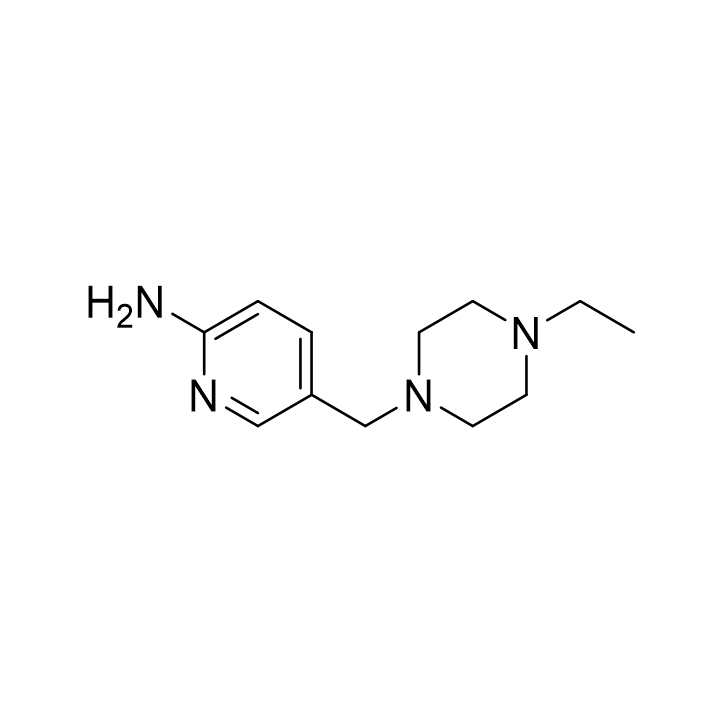
![6-Bromo-4-fluoro-1-isopropyl-2-methyl-1H-benzo[d]imidazole CAS:1231930-33-8](/source/9e9faa51f944bc7ac934c145f661fec3/cas1231930-33-8.jpg)
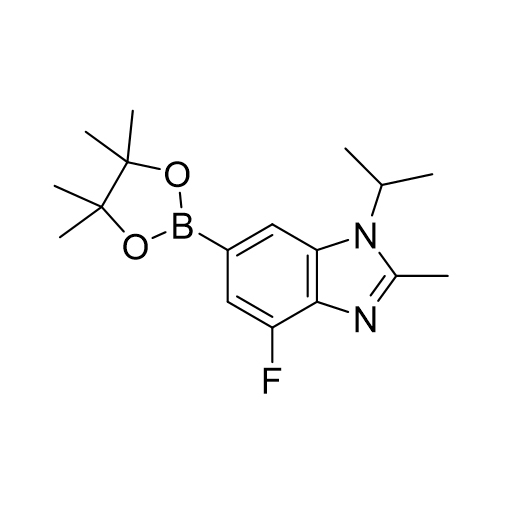
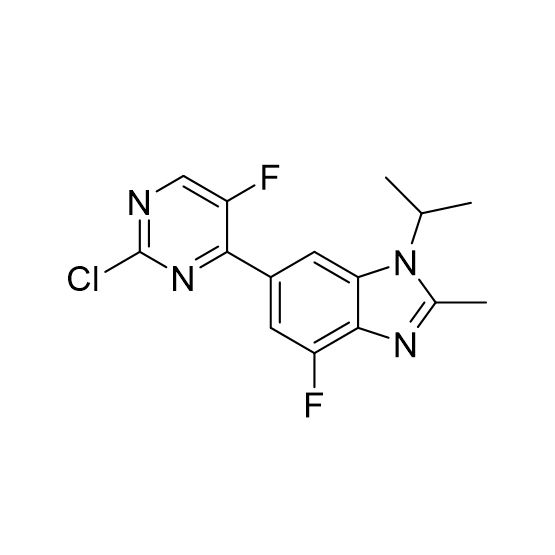
![5-Hydroxypyrazolo[1,5-a]pyrimidine CAS:29274-22-4](https://ecdn6.globalso.com/upload/p/3069/image_product/2025-02/cas29274-22-4.jpg)
![5-Chloropyrazolo[1,5-a]pyrimidine CAS:29274-24-6](/source/2d2e4c8649a6444c8114fbceac0e361d/cas29274-24-6.jpg)
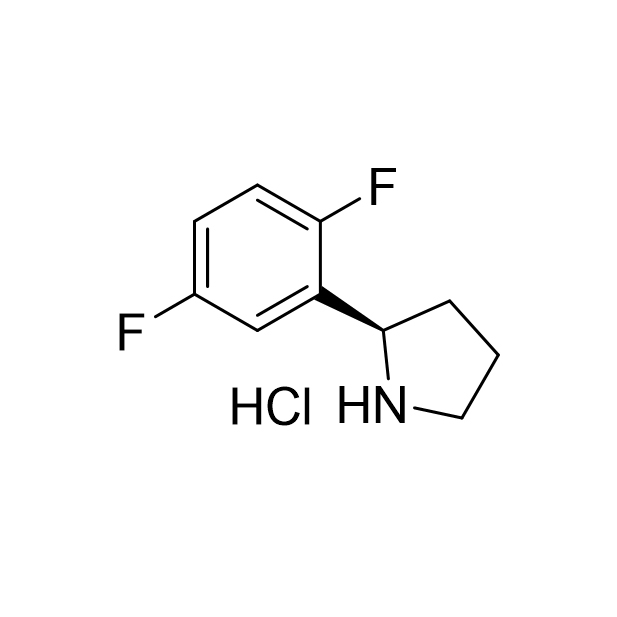
![5-Chloro-3-nitropyrazolo[1,5-a]pyriMidine CAS:1363380-51-1](/source/c735e97d9d2434baa533916048357d17/cas1363380-51-1.jpg)
